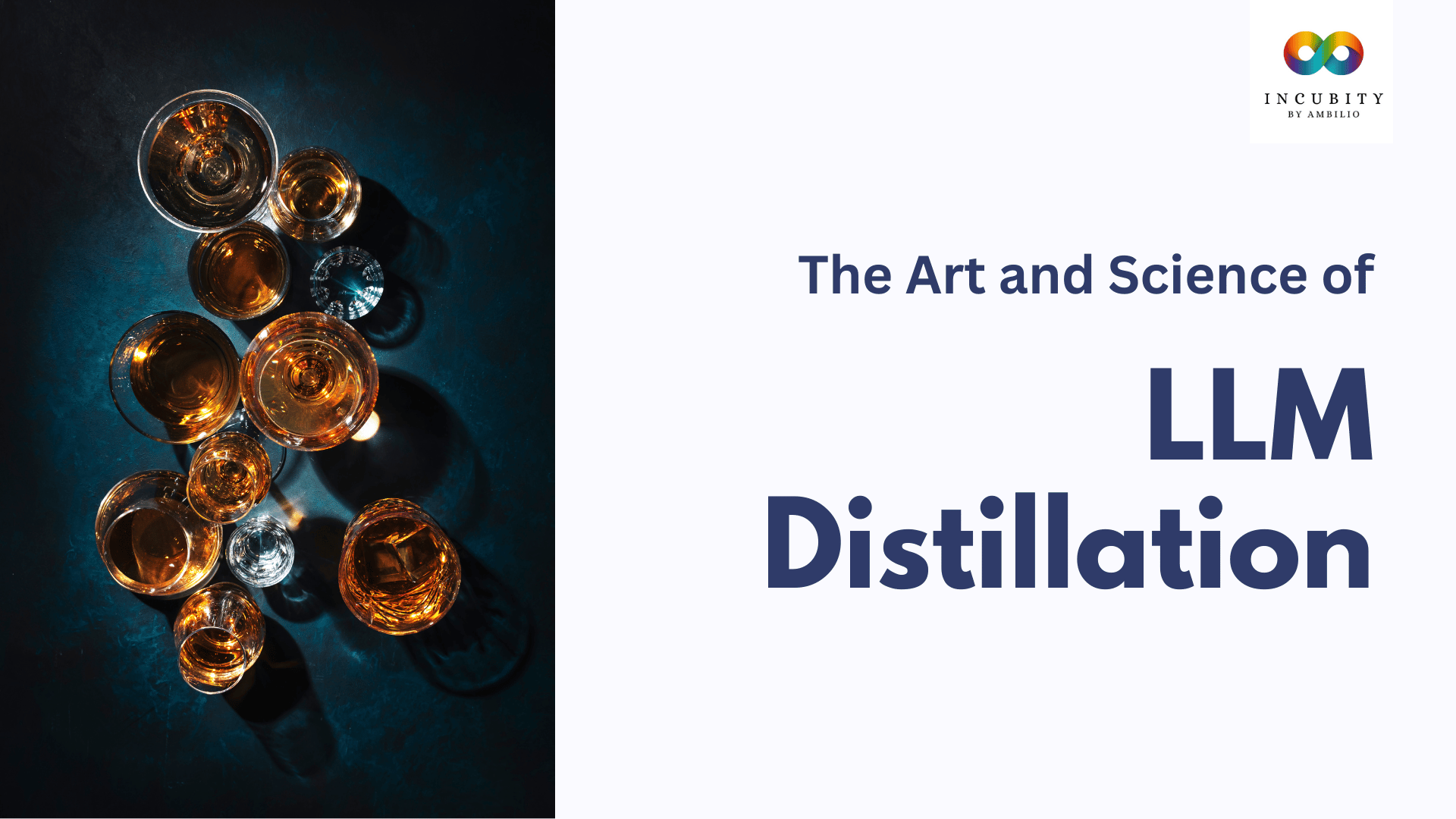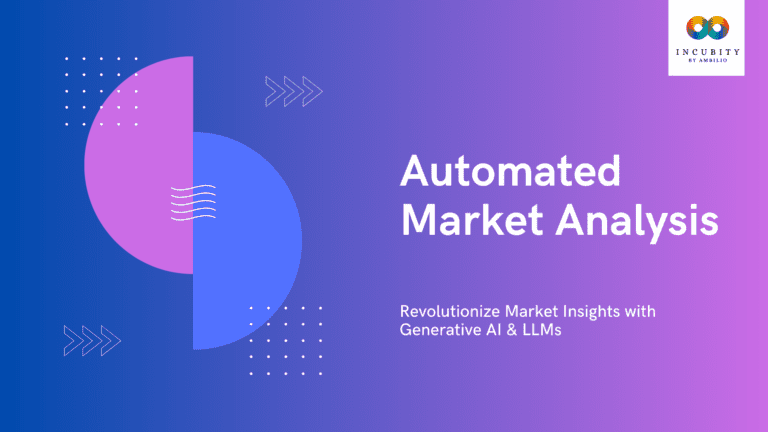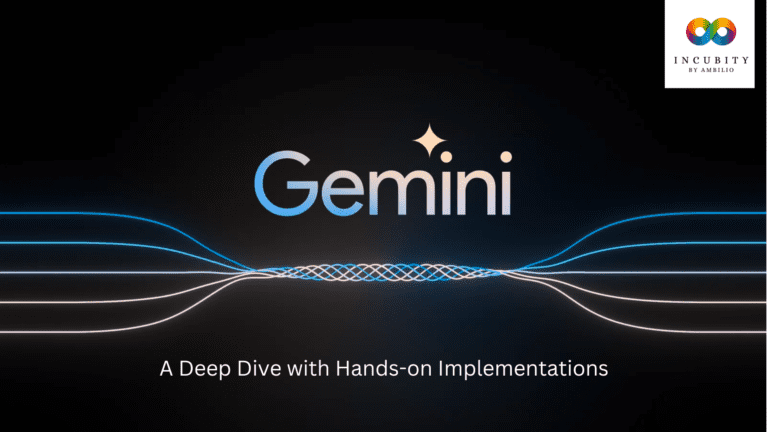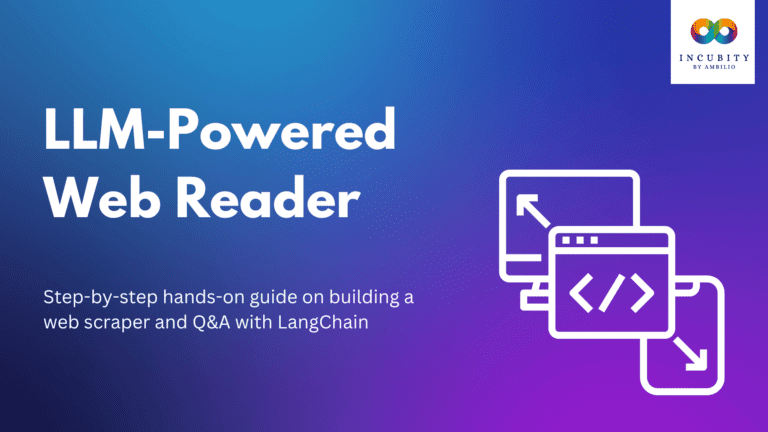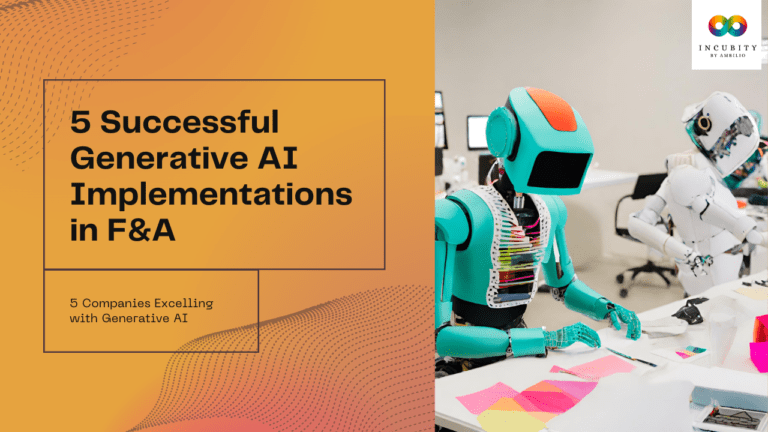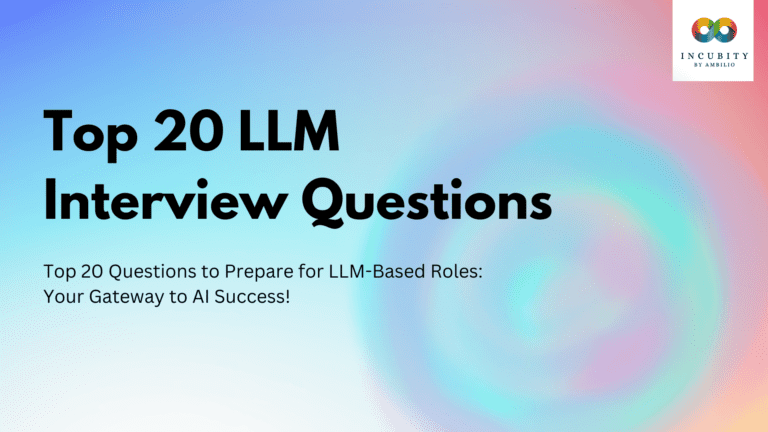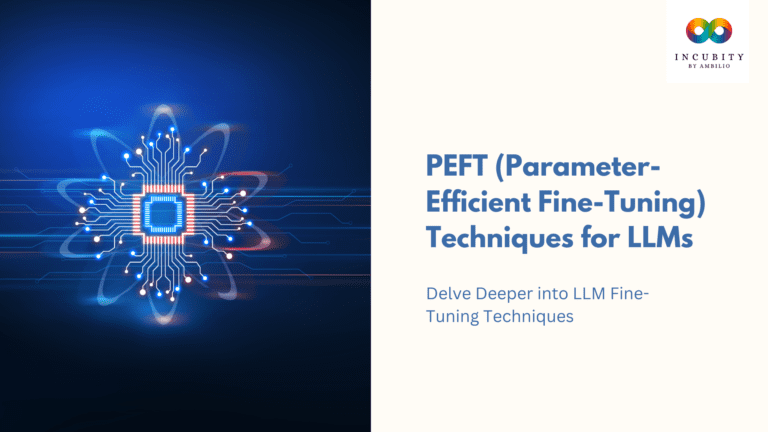In the realm of Artificial Intelligence (AI), Large Language Models (LLMs) stand tall as powerful entities capable of language translation, creative content generation, and comprehensive question answering. However, their grandeur comes with a caveat – their colossal size demands substantial computational resources, hindering their widespread application and accessibility. Enter LLM distillation, a revolutionary technique that shrinks these giants into more manageable, agile models without compromising their intellectual prowess.
Understanding LLM Distillation: A Mentorship in Knowledge Transfer
LLM distillation operates on a mentorship paradigm, where a large language model (LLM) assumes the role of the “teacher,” imparting its extensive linguistic knowledge to a smaller, more agile model serving as the “student.” Unlike conventional learning methods, the student in LLM distillation doesn’t merely replicate the teacher’s answers. Instead, it delves into the intricacies of understanding by learning from the teacher’s “soft labels.”
These soft labels represent probability distributions over potential outputs, capturing not just the final answer but also the nuanced thought processes and uncertainties of the teacher model. This mentorship approach aims to transfer knowledge in a way that goes beyond surface-level mimicry, enabling the smaller model to grasp the subtleties of language understanding.
- Mentorship Paradigm: LLM distillation establishes a mentor-student dynamic, with a large language model acting as the mentor (teacher) and a smaller model as the mentee (student).
- Nuanced Understanding: Unlike traditional learning, where students might copy answers, LLM distillation emphasizes understanding. The student model aims to grasp the intricacies of language understanding from the teacher model.
- Soft Labels: Instead of replicating final outputs, the student learns from the teacher’s “soft labels,” which are probability distributions over potential answers. These soft labels encapsulate the teacher’s thought process, including confidence levels and uncertainties.
- Deeper Insight: The mentorship approach facilitates a deeper insight into language understanding, allowing the student to comprehend not only what the teacher knows but also how it arrives at its conclusions.
- Efficient Transfer: The goal is to efficiently transfer the knowledge embedded in the large language model to a smaller model, making it more accessible and applicable in resource-constrained environments.
Learning from Soft Labels: Beyond Mimicry
In this process, the student doesn’t replicate the teacher’s final conclusions directly. Instead, it learns from the teacher’s “soft labels” – probability distributions over potential outputs. These soft labels encapsulate not just the answers but the intricacies of the teacher’s thought process, conveying both confidence and uncertainty.
Guiding the Journey with Loss Functions
Loss functions act as guiding compasses in this intellectual journey. The student strives to minimize the distillation loss during training, aligning its predictions with the teacher’s soft labels. However, the goal transcends mere mimicry. The loss functions are intricately designed to encourage the student to capture the teacher’s understanding, replicating confidence levels, exploring alternative solutions, and even incorporating intermediate reasoning steps.
Unlocking Inner Logic: Techniques for Deeper Understanding
LLM distillation goes beyond surface-level replication, aiming to unlock the inner logic of the teacher model. Techniques like knowledge imprinting prompt the LLM to explain its reasoning, generating additional data that unveils the hidden logic behind its decisions. Similarly, step-by-step distillation exposes the student to the LLM’s internal deliberations, fostering a deeper understanding and adaptability to novel situations.
Benefits of a Shrunken LLM: Paving the Way for Accessibility and Efficiency
The advantages of distilled LLMs are far-reaching and impactful, addressing key challenges posed by their larger counterparts.
Reduced Compute Footprint: Making LLMs Accessible
Smaller models demand less memory and processing power, rendering them deployable on resource-constrained devices and platforms. This reduction in compute footprint opens up possibilities for LLM applications on devices ranging from smartphones to edge devices.
Enhanced Efficiency: Revolutionizing Real-time Applications
Inference latency experiences a significant reduction in smaller models, translating to faster response times. This can revolutionize real-time applications such as language translation or online assistants, offering users a seamless and responsive experience.
Democratizing LLM Power: Accessibility for All
Smaller models are not only faster but also cheaper to train and deploy. This democratization of LLM power makes them accessible to a broader spectrum of users, including smaller companies, developers, and individual users who can harness the capabilities of these models without substantial financial investments.
Increased Interpretability: Building Trust Through Transparency
Distillation techniques often involve extracting reasoning and intermediate steps from the LLM, enhancing the model’s interpretability. This transparency fosters trust in AI systems, paving the way for safer and more responsible AI development.
Challenges and Ongoing Research: Navigating the Distillation Landscape
Despite its immense promise, LLM distillation encounters challenges that researchers are actively addressing.
Loss Function Design: Striking the Right Balance
Designing the right loss function is pivotal for effective knowledge transfer. Striking the delicate balance between mimicking the teacher’s predictions and capturing its reasoning remains an ongoing research focus, ensuring that distilled models inherit both accuracy and understanding.
Domain and Task Specificity: Tailoring Distillation for Relevance
Distillation techniques may require tailoring for specific domains and tasks to ensure that knowledge transfer is both relevant and accurate. A model distilled for summarizing news articles might not excel in the nuanced creativity required for writing poetry.
Teacher Model Selection: The Art of Choosing Wisely
Selecting the right teacher LLM based on the desired knowledge and student model capabilities is critical for success. A mismatch in teacher-student dynamics could lead to suboptimal distillation results.
Applications Across the Real World: Harnessing the Potential of Distilled LLMs
LLM distillation finds practical applications across diverse domains, showcasing its versatility and impact.
Real-time Language Translation: Making Multilingual Communication Seamless
Distillation models excel in real-time language translation, where smaller models can mimic the behavior of larger LLMs, providing efficient and accurate translations on the fly.
Automated Speech Recognition: Enabling Voice-Based Interactions
Smaller, more efficient models, derived through distillation, prove invaluable in automated speech recognition applications, especially in hardware-constrained environments like mobile devices.
Chatbots for Customer Service: Personalizing Interactions on Edge Devices
LLM distillation facilitates the development of chatbots for customer service on edge devices like smartphones and smartwatches, bringing personalized and efficient interactions to users.
Visual Question Answering and Image Captioning: Bridging Modalities with Cross-modal Distillation
Cross-modal distillation, an extension of LLM distillation, finds utility in applications like visual question answering and image captioning. The knowledge from a teacher model trained on labeled image data is transferred to a smaller model, enhancing its capabilities.
The Future of LLM Distillation: Innovations on the Horizon
While challenges persist, LLM distillation is rapidly evolving. Researchers are exploring adaptive loss functions and innovative applications, propelling the technique towards a future where large language models contribute to a broader array of tasks and empower a more diverse user base.
Final Words
In conclusion, LLM distillation stands as a transformative technique, democratising the power of large language models and making them more accessible and efficient. As ongoing research continues to address challenges and refine the distillation process, the horizon for applications of distilled LLMs appears promising, heralding a new era in AI accessibility and usability.

